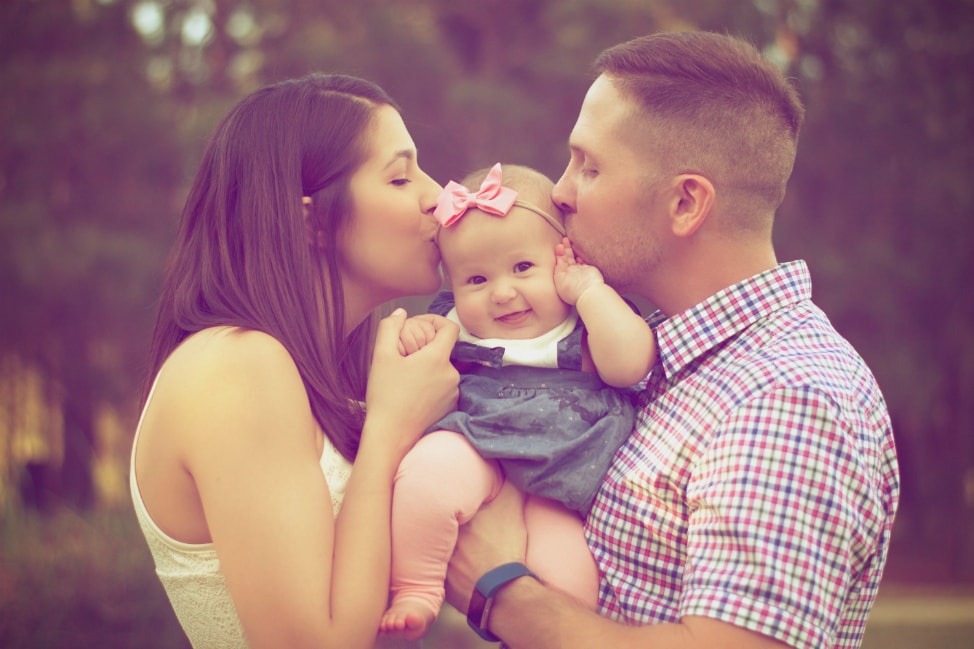Parents give up their children in exchange for a better life
When we hear about refugee camps, we think of Syrians fleeing to Europe. But this is happening right in our backyard. While Syrians run away from the war against other countries, Central Americans run away from violence, poverty, and hunger within their countries. Is there a way out of this crisis?

When we hear about refugee camps, we think of Syrians fleeing to Europe. But this is happening right in our backyard. While Syrians run away from the war against other countries, Central Americans run away from violence, poverty, and hunger within their countries. Every week, approximately 700 citizens from El Salvador, Guatemala, and Honduras start their 2,000-mile journey to reach U.S. soil as their only hope for a less painful life. The despair is such that parents send their children alone to the U.S. because it is the "responsible thing to do." Imagine if YOU had to give up on your children for the sake of providing them with a better life... To date, there are nearly 19,000 unaccompanied minors in U.S. custody just like that, deprived of parental love and with no access to education.
How to solve this? The Biden administration committed US$4 billion to aid Guatemala, Honduras, and El Salvador in their fight against poverty, hunger, violence, and corruption, hoping to avoid this massive migration. It is a great deed, but monetary help only eternalizes these chronic recurring problems, not necessarily solving them. Of course, people need food and work right now. Nevertheless, what we must do is educate them so they can thrive as a country. We need to address their future with education.
"Give a man a fish, and you feed him for the day. Teach a man to fish, and you will feed him for life." – Unknown.
Nearly 50% of migrants come to the U.S. from El Salvador, Guatemala, and Honduras. Combined, they have 13 million children of school age. As is typical in developing countries, classrooms are overcrowded with little to no resources. Only 30% of students will complete primary school, out of which only 20% will finish secondary education. Every morning, parents ask themselves if they should send their children to school with the hopes of an unknown future or to the field to help put food on their table today. Most of them decide on the latter. No wonder these countries suffer from poverty, hunger, violence, and corruption!
What if these children had access to an education that fostered their potential and enabled them to have unimaginable ideas to solve their current challenges? I discussed this possibility in my previous article on how to have 5.6 million ideas to solve a global problem. If we could enable just 10% of these students to propose ways to fix poverty, we could have 1.3 million potential solutions. Children wouldn't be separated from their parents, and no person would have to endure a 2,000-mile journey to save their lives. The fact is that it is possible to get the education system there with the proper learning framework.
In my book Becoming Einstein's Teacher, I propose a solution to make this happen. I am so bold to assure you it works because of the thousands of hours of research and development and practical use by thousands of teachers worldwide. It starts from what students already have since they were born: a brain! Oh, well, every child has a brain, regardless of where they were born! The six-step Relational Learning Framework is intentionally simple to ensure every teacher and student can use it, regardless of their contexts. It works in large and small classrooms, with or without technology, any curriculum requirement, rural or urban schools, and good or limited socioeconomics.
It takes 10,000 hours for someone to be an expert on anything. Students spend 16,800 in school, K through 12th grade. So, the objective is to continuously practice this learning process that gradually fosters the intrinsic motivation to succeed. When students leave school, they have the necessary expertise to succeed in life. School becomes a place where students identify their dreams and develop life skills regardless of the circumstances because they know what to do to get there.
Intrinsic motivation is that internal force that motivates us to do something when we know there will be a meaningful, valuable reward, such as pursuing our passion, enjoying a task, or upholding a moral value. Intrinsic motivation fosters a personal desire to do and be better. In contrast, extrinsic motivation drives a specific behavior with an external reward, such as money, a voucher, or goods. Intrinsic motivation keeps athletes training, entrepreneurs working, musicians composing, and scientists researching.
Whether they want it or not, migrants developed an intrinsic motivation to fulfill their basic needs somewhere else, which keeps them walking 2,000 miles. If researchers now understand it is a skill that can be developed, an education system using the Relational Learning Framework can deliberately develop students' intrinsic motivation to fulfill their dreams. Then, the current context becomes just a means to an end. The next Albert Einstein, Thomas Edison, and Michael Phelps are among these children. All we need to do is to bring forth their genius within. I believe that one child can make a difference in the world. Giving this opportunity to millions of children augments this possibility. So why not?
Source: Erika Twani








